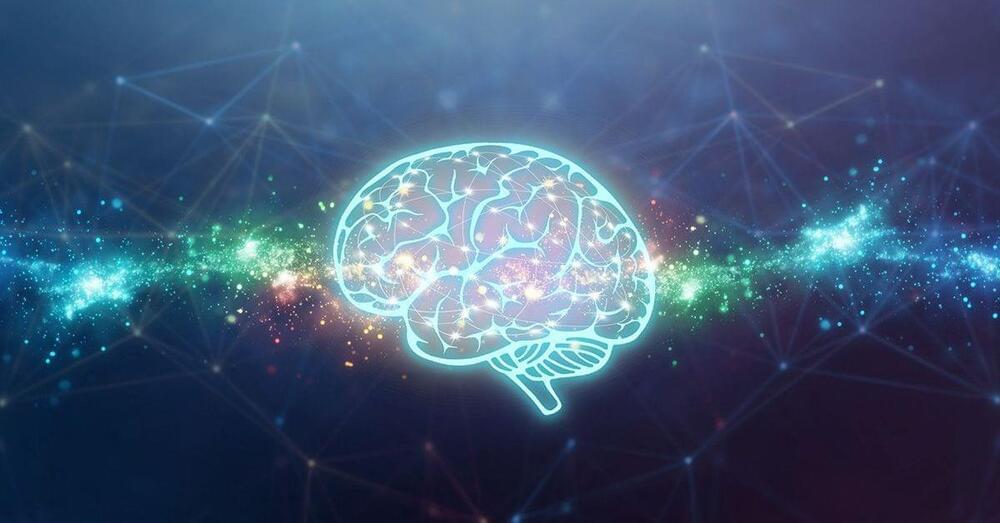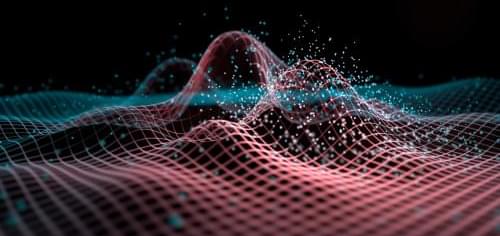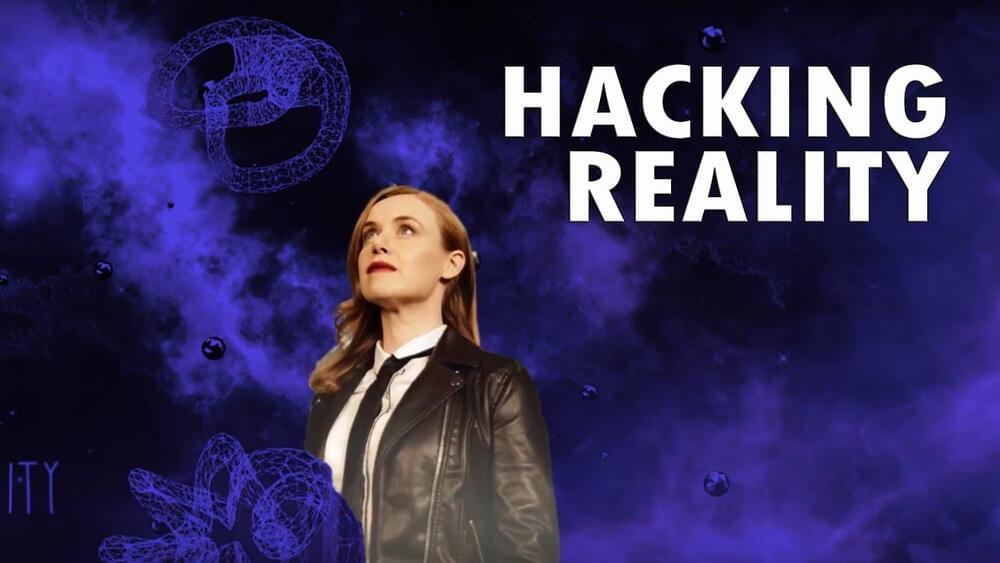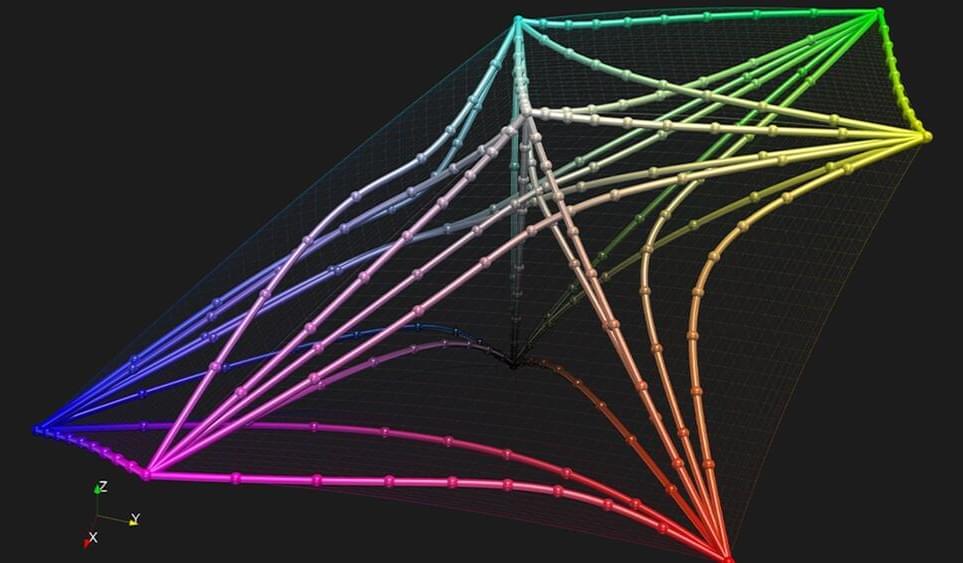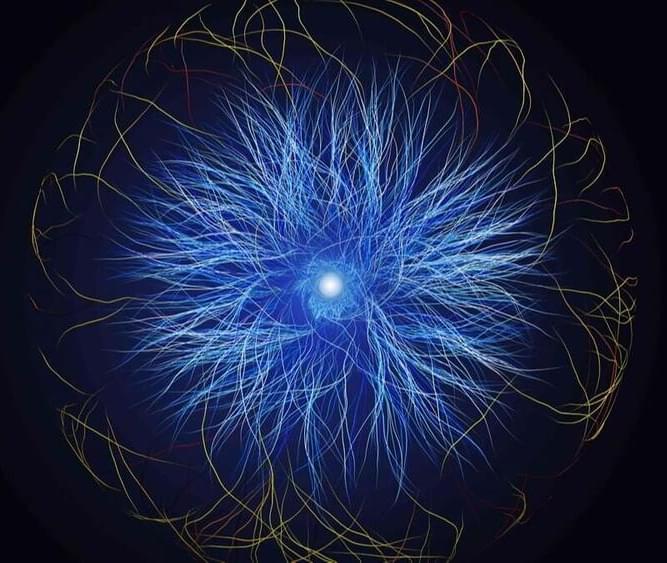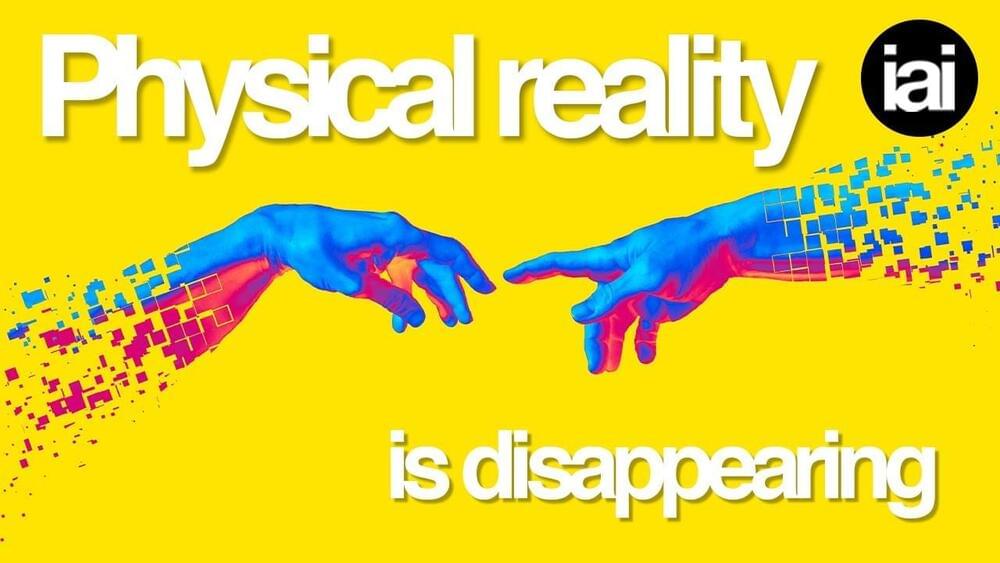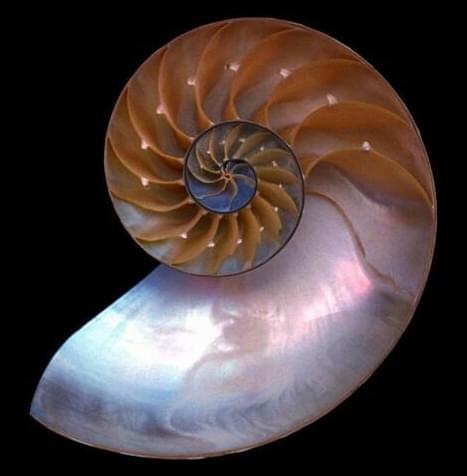Sep 30, 2023
Is Consciousness Part of the Fabric of the Universe?
Posted by Shubham Ghosh Roy in categories: mathematics, particle physics, space
More than 400 years ago, Galileo showed that many everyday phenomena—such as a ball rolling down an incline or a chandelier gently swinging from a church ceiling—obey precise mathematical laws. For this insight, he is often hailed as the founder of modern science. But Galileo recognized that not everything was amenable to a quantitative approach. Such things as colors, tastes and smells “are no more than mere names,” Galileo declared, for “they reside only in consciousness.” These qualities aren’t really out there in the world, he asserted, but exist only in the minds of creatures that perceive them. “Hence if the living creature were removed,” he wrote, “all these qualities would be wiped away and annihilated.”
Since Galileo’s time the physical sciences have leaped forward, explaining the workings of the tiniest quarks to the largest galaxy clusters. But explaining things that reside “only in consciousness”—the red of a sunset, say, or the bitter taste of a lemon—has proven far more difficult. Neuroscientists have identified a number of neural correlates of consciousness —brain states associated with specific mental states—but have not explained how matter forms minds in the first place. As philosopher David Chalmers asked: “How does the water of the brain turn into the wine of consciousness?” He famously dubbed this quandary the “hard problem” of consciousness.
Continue reading “Is Consciousness Part of the Fabric of the Universe?” »

